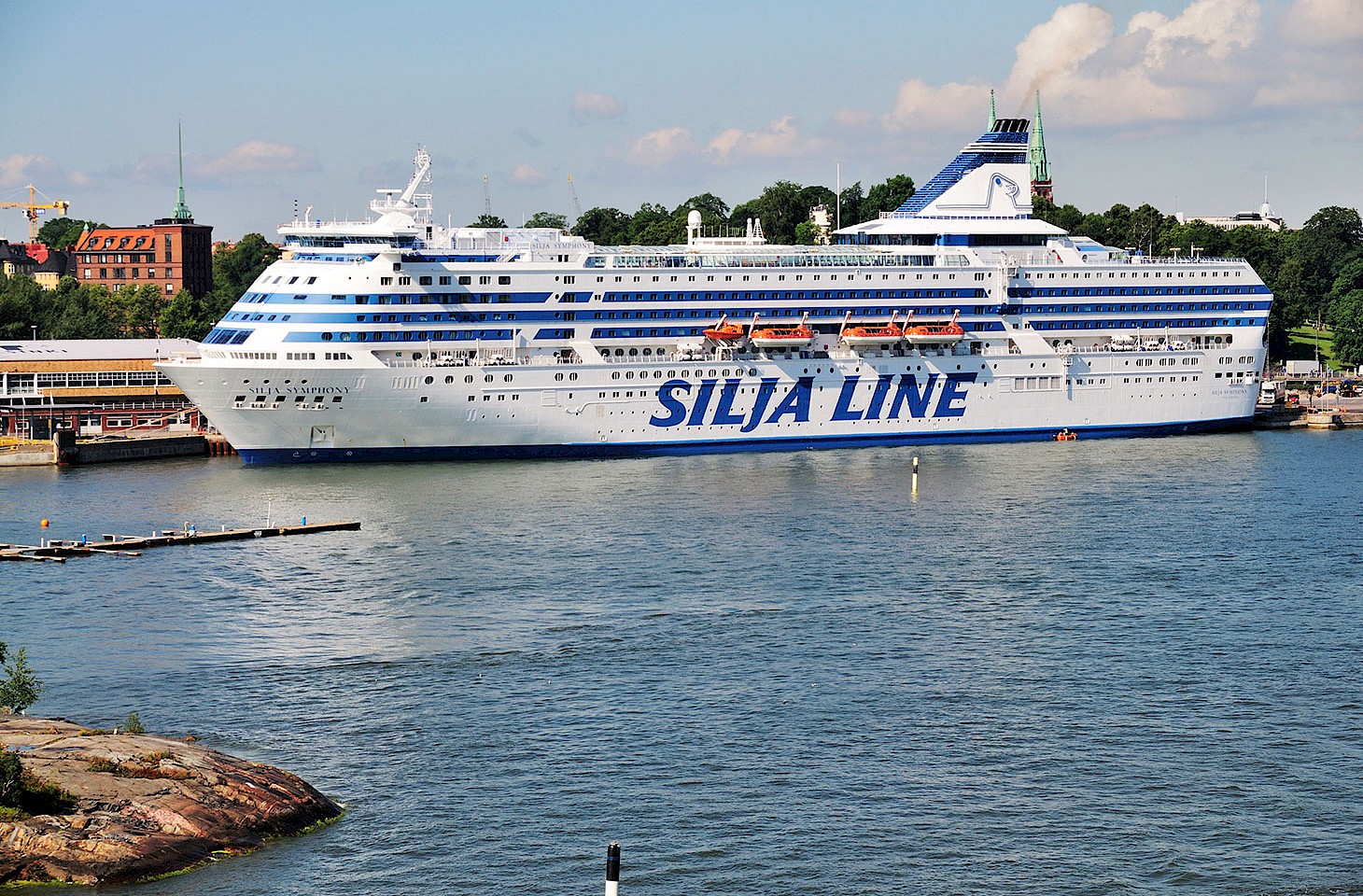Dear fellow travellers
Venice may come with a constellation of superlatives, but head out into the Veneto to find a world apart. The country around Treviso, just a dozen miles inland from Venice, is classic città diffusa territory. As if in retort to Venice's urban perfection, the Veneto hinterland is a seemingly unending suburban sprawl - place after place uneasily suspended between a rich agrarian past and an urbanisation that has never quite been realised. This dispersed city seems like a postmodern chaos, and many visitors are inclined just to rush through it.
cultural landscapes in the Veneto
But pause a little and the Veneto sprawl yields a few gems. Relics of more than three millennia of settlement dot the landscape. At Castello di Godego there are the remains of an ancient motte settlement founded some 3,500 years ago. The agricultural landscape, where not obliterated by urban sprawl, still shows elements of a spatial order imposed by the Romans, with neat fields and drainage ditches. There are weather worn monasteries which once had their own estates, like that at Santa Maria di Follina; hundreds of sixteenth-century villas scattered irregularly over the landscape (somehow anticipating the città diffusa); perfectly planned little towns like Castelfranco Veneto and Cittadella, both with symmetrical street layouts; canals, mills, forges and dye-works. What seems at first sight like a polycentric city like Los Angeles (or even a sprawl with no centre at it) turns out on closer inspection to be one of Europe's richest cultural landscapes - a veritable kaleidoscope of layered histories that in the last fifty years emerged as one of the powerhouses of the Italian economy. It is a reminder that few European landscapes are really set in stone and that what we see today as we criss-cross our continent is often the result of a very conscious moulding of landscapes through history.
landscape transformation in England and Lusatia
This is surely good news surely for some of Europe's legendary industrial areas, where some heavy-duty landscape transformations are necessary to breathe new life into such regions. Cornwall in southwest England has recovered from a legacy of tin, copper and china clay mining which left scarred landscapes and dereliction. Two hundred years ago, this region produced over half the world's copper and was the scene for prolific industrial innovation. Today, it has a healthy tourism industry fuelled by its rich industrial heritage - much abetted by the designation of the area last year as a UNESCO World Heritage Site.
So the staff at the Internationale Bauausstellung (IBA) in Lower Lusatia in eastern Germany must surely be hoping that they can repeat the Cornwall trick and transform an area once important for opencast mining of lignite (brown coal) into a new recreational landscape. The omens are good. Water from the Spree and Neisse rivers is being diverted to help fill old mining areas and create attractive areas for water sports. One time industrial landscapes littered with abandoned coking plants and glass works are being nursed back to life, with nature reserves, forest walks and cycle ways.
The impressive thing about the IBA project is that it does not deny Lusatia's industrial history, but rather foregrounds it as a key asset for the future. An abandoned mining excavator, in its heyday the largest movable machine in the world, stands like a reclining Eiffel Tower on the edge of the pit where once it worked. Nowadays it is a star tourist attraction. Not far away, visitors hike down into one of the old mining areas, entering an eerie landscape of arid canyons and badlands. It is, in its own way, a landscape full of beguiling interest - every bit as good as Europe's untouched natural countryside.
We shall feature the regeneration of the mining landscapes of eastern Germany in the January 2008 issue of hidden europe, but meanwhile there's lots to read in our current issue - with a special offer that gives a free back issue to anyone taking out a new subscription.


